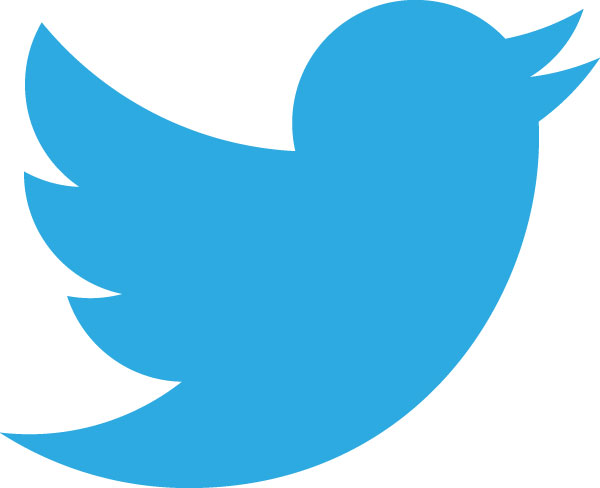Tag: Twitter management turnover
Twitter: Obstacles to Overcome
 As of this writing in late December, Twitter (NYSE: TWTR) continues to struggle, relative to its internet advertising peers Facebook (NASDAQ: FB) and Google (NASDAQ: GOOGL). Despite a flurry of activity in the fall, during which the company was rumored to be on the auction block, the stock has floated back down to earth, and then some, as investors consider several ongoing challenges faced by the company. Among these are persistent management turnover, a struggle to rekindle user growth, and what we perceive to be mediocre earnings quality.
As of this writing in late December, Twitter (NYSE: TWTR) continues to struggle, relative to its internet advertising peers Facebook (NASDAQ: FB) and Google (NASDAQ: GOOGL). Despite a flurry of activity in the fall, during which the company was rumored to be on the auction block, the stock has floated back down to earth, and then some, as investors consider several ongoing challenges faced by the company. Among these are persistent management turnover, a struggle to rekindle user growth, and what we perceive to be mediocre earnings quality.
Management Turnover Continues
In the first 18 months following its IPO in November of 2013, Twitter was plagued by rampant management turnover, including a 60-day interval, during which three of the top five executives listed in its S-1 filing resigned or were reassigned to new posts in the company. Jack Dorsey, Twitter’s Chairman and co-founder, became CEO in October of 2015, and, until recently, management turnover had stabilized.
On November 7th Twitter COO Adam Bain informed the company of his decision to resign, after a six year stint, which featured a role as head of advertising sales. Two days later, Twitter announced that it had appointed CFO Anthony Noto as COO. Noto will continue in a dual role as COO and CFO until a new CFO is hired. The COO position is crucial, as Twitter’s CEO Jack Dorsey continues to split his time between Twitter and Square, another company that he co-founded. Noto, who had been in charge of live content, in addition to his CFO responsibilities, is now in charge of global advertising sales, data, MoPub, as well as global partnerships and business development.
Then on December 20th, Twitter’s chief technology officer, Adam Messinger, resigned. On the same day, Twitter’s VP of product, Josh McFarland let it be known that he was leaving the company to join a venture capital firm.
Working to Rekindle User Growth
Twitter reported its lowest-ever rate of year over year revenue growth in Q3 2016, as advertising sales rose just six percent over the prior year. This was the seventh consecutive quarter that sales growth declined. Monthly active users (MAUs) grew by just three percent in the last quarter. In addition, the company has, for several years, declined to report the number of daily active users, which are suspected to be considerably lower than its 317 million MAUs.
Twitter is working behind the scenes to induce users to utilize the service more frequently. Efforts underway include the addition of new content, such as Thursday Night Football, as well as the application of machine learning and artificial intelligence to improve the user experience, particularly in the area of notifications, and home timeline, where the majority of user time is spent. The company is focusing in particular on improving the relevance of user notifications, and emphasizing topics and interests, rather than following people per se, as methods to improve user engagement.
Earnings Quality Remains Poor
Like most VC-backed West Coast technology companies, Twitter utilizes a healthy dose of stock-based compensation, which reduces the near term cost of compensating employees, but passes the longer term cost along to shareholders, who are left to absorb the increased issuance of stock in the form of reduced earnings per share, once the options grants are exercised. In the third quarter of 2016, stock-based compensation accounted for 32 percent of gross operating expenses. SBC is particularly noteworthy within research and development, where it accounted for 49 percent of gross research and development expenses in the third quarter.
Another area of concern regarding Twitter’s EBITDA presentation is how it accounts for research and development costs. Twitter continues to capitalize, rather than expense, a considerable portion of its research and development costs. While this is a perfectly legal practice, we believe R&D costs should be expensed in the period in which they are incurred, rather than capitalized as assets that can be amortized later through COGS, at which point the non-cash amortized expense is viewed by many to be inconsequential.
Twitter continues to languish relative to its internet advertising peers. Our sense is that the company still has obstacles to overcome, as its management ranks continue to shift, user growth remains tepid, and the company’s earnings quality remains low.

